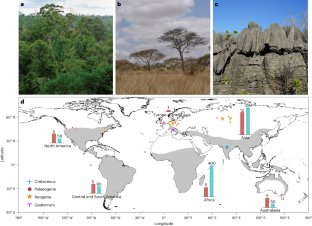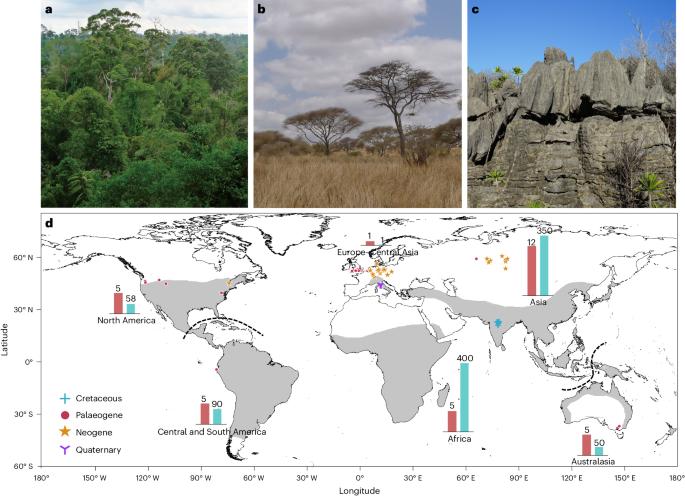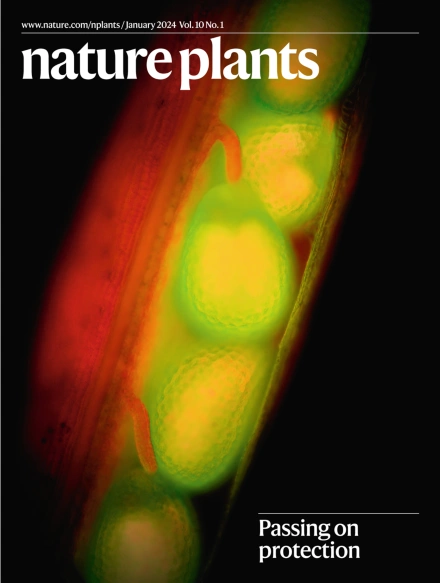Transition of survival strategies under global climate shifts in the grape family
IF 15.8
1区 生物学
Q1 PLANT SCIENCES
引用次数: 0
Abstract
Faced with environmental changes, plants may either move to track their ancestral niches or evolve to adapt to new niches. Vitaceae, the grape family, has evolved diverse adaptive traits facilitating a global expansion in wide-ranging habitats, making it ideal for investigating transition between move and evolve strategies and exploring the underlying mechanisms. Here we inferred the patterns of biogeographic diversification and trait evolution in Vitaceae based on a robust phylogeny with dense sampling including 495 species (~52% of Vitaceae species). Vitaceae probably originated from Asia—the diversity centre of extant genera and the major source of dispersals. Boundaries of the Eocene, Oligocene and Miocene were identified as turning points in shifting strategies. A significant decrease in move strategy was identified during the Oligocene, followed by increases in move and evolve. After the Miocene, evolve began to dominate, during which increased niche opportunities and key trait innovations played important roles. This study reveals the transition of move and evolve strategies and their interaction with niche opportunity and trait innovation throughout the diversification of the grape family—a globally distributed plant group originated in the Cretaceous.


全球气候变化下葡萄家族生存策略的转变
面对环境变化,植物可能会移动以适应其祖先的生存环境,也可能会进化以适应新的生存环境。葡萄科(Vitaceae)植物进化出了多种适应性状,促进了其在广泛栖息地的全球扩张,因此非常适合研究迁移和进化策略之间的过渡以及探索其潜在机制。在此,我们基于包括 495 个物种(约占葡萄科物种的 52%)在内的高密度取样和稳健的系统发育,推断了葡萄科植物的生物地理多样化和性状进化模式。葡萄科可能起源于亚洲--现存属的多样性中心和主要的扩散源。始新世、渐新世和中新世的边界被确定为迁移策略的转折点。在渐新世,移动策略明显减少,随后移动和演化策略增加。中新世之后,进化开始占据主导地位,在此期间,生态位机会的增加和关键性状的创新发挥了重要作用。
本文章由计算机程序翻译,如有差异,请以英文原文为准。
求助全文
约1分钟内获得全文
求助全文
来源期刊

Nature Plants
PLANT SCIENCES-
CiteScore
25.30
自引率
2.20%
发文量
196
期刊介绍:
Nature Plants is an online-only, monthly journal publishing the best research on plants — from their evolution, development, metabolism and environmental interactions to their societal significance.
 求助内容:
求助内容: 应助结果提醒方式:
应助结果提醒方式:


